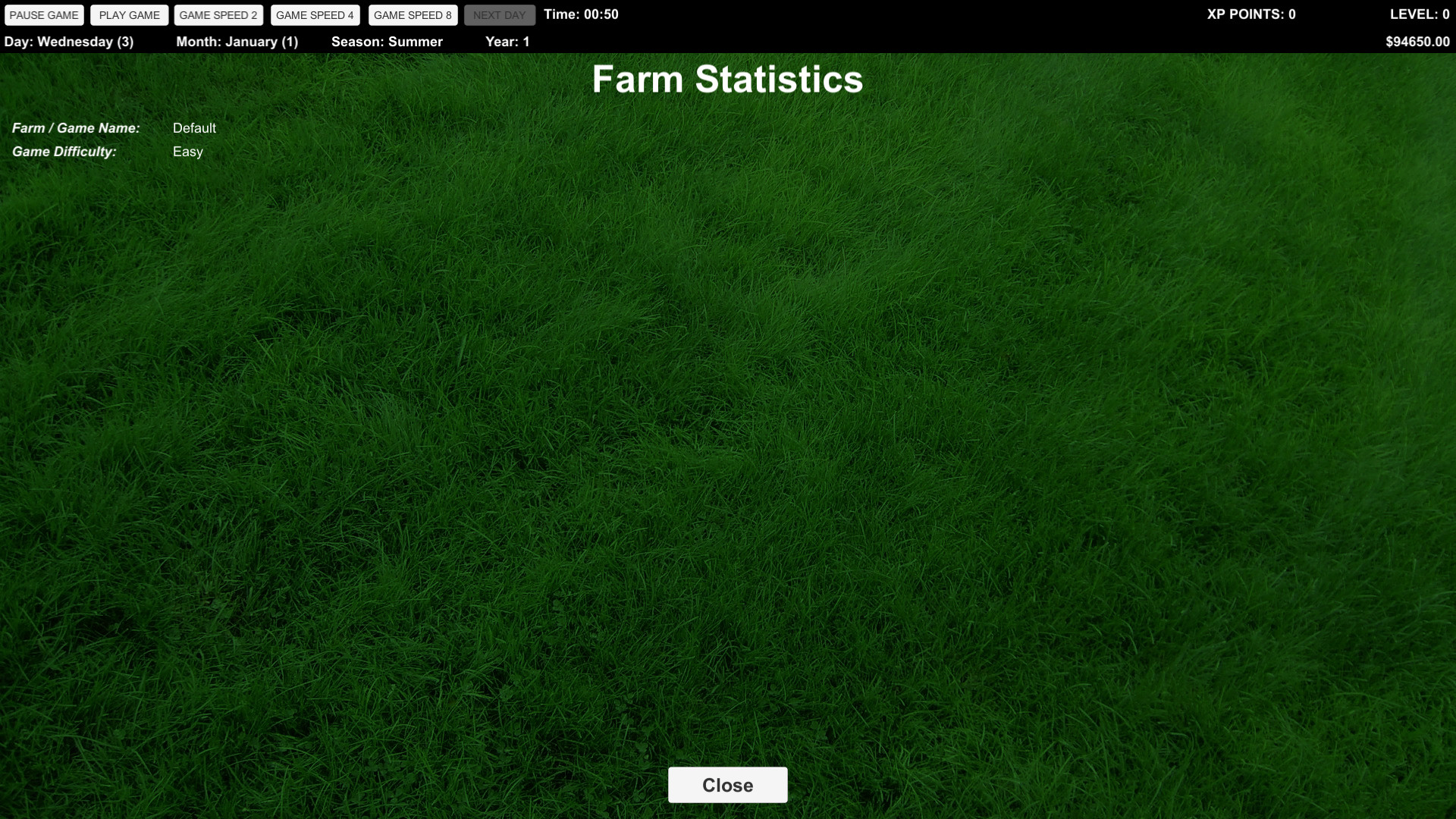MILK FARM, Bang Saen, Chon Buri, Thailand. 544 likes 2 talking about this 7 were here. ทำจากนมโครงการหลวง”ชั่งหัวมัน” ทุกแก้ว!! After harvesting the plants, the player can sell the crops in the market at a nice profit and can use the earned money to unlock further tools. Most of the Farming games, the player will face dynamic weather system, seasons, and day/night cycle while must taking care of his/her exotic animals, cattle, and dairy farm to advance through the game.
- Milk Farm Restaurant was a restaurant in Dixon, California off I-80, that played a big part in Dixon's dairy economy during World War II.It was considered to be the city's landmark. Hess had the idea to build the Milk Farm restaurant in 1919, and it was finally built in Dixon in 1928.
- Some features such as Automatic graphic switching and Power Nap aren't available on all Mac notebooks or versions of macOS. For maximum battery life, use the following settings: Turn on “Slightly dim the display while on battery power”. This setting lets your Mac adjust the display brightness to 75% when you unplug the computer from power.

For years the standard in biomass byproduct removal has been the use of landfills. Not only are they inefficient, but they’re dangerous as well – contaminating soil, groundwater, and emitting dangerous gases. Through the Anaerobic Digestion process, Mac Farms uses bacteria to help break down biomass byproducts, creating methane gas which can then be used to produce electricity. Your waste goes from being an inconvenient environmental pollutant to a valuable energy resource.
With convenient, safe and simple access to our facility, we can easily facilitate your transport preference to help get your refuse in an eco-friendly location. Not only will you feel better knowing that your waste isn’t just taking up space, but you’ll also have the assurance of knowing that you are becoming a leading contributor to the protection of our environment.
Featured Articles
The Mac Farms Digestion Laboratory is an on-site process control laboratory located in the operation control center. Daily tests are performed on both the bladder and tank digesters. Currently, Percentage Total Solids (TS) is also analyzed on both digestates 2-3 times per week, with additional TS testing analyzed on belt filter press solids during press operation. Belt Press analysis includes jar testing polymer and coagulant dosages. Other process testing includes pH testing of incoming waste loads that are sent (fed) to the bladder. The Mac Farms Digestion Laboratory, although currently in its growing stages, will eventually include organic load testing and percent reduction. There is also interest in microscopy to monitor the digesters’ bacteria population with emphasis on key microorganism presence or absence, ultimately revealing the system’s health. Other testing may also include biogas composition and purity analyses.
WASTE PREPARATION
Once your biomass byproducts are delivered to our facility, we begin a pre-treatment process with the material so that it can be introduced into our Anaerobic Digester. Mac Farms then introduces special bacteria, or “bugs”, that consume your refuse and break it down even further through the Anaerobic Digestion process.
DIGESTION
Following your refuse pre-treatment, all materials are then loaded into the digester. The digester bacterium will then begin conversions of the organic compounds within your waste to methane and CO2.
RENEWABLE RESOURCES

One byproduct of the digestion process is biogas, which can be collected and converted to electricity. The remaining materials are stabilized, cured and de-watered, resulting in a rich organic fertilizer and compost additive.
Anaerobic digesters utilize either mesophilic or themophilic bacteria. At Mac Farms, Inc., we utilize mesophilic bacteria, which requires much lower environmental temperatures between 68F and 113F, with optimal temperatures at 99F.
Yes, we do have a power purchase agreement with East Kentucky Power and Taylor County RECC.
Mac Farms, Inc. accepts paper pulp sludge, stillage, food waste, some DAF sludge, and some types of FOG. At this time, we do not accept unpackaged waste streams, but can accept both thick or thin stillage. Mac Farms, Inc. does not accept any type of human waste.
Digestate collected at the end of the process is used as a liquid fertilizer for our crops.
Tipping fees are based on the type of waste and how difficult it is to process. Feel free to contact us if you would like to discuss applicable fees for your business.
Milk Farm Mac Os Download
No, however feed stock temperatures are considered in tipping fee pricing.